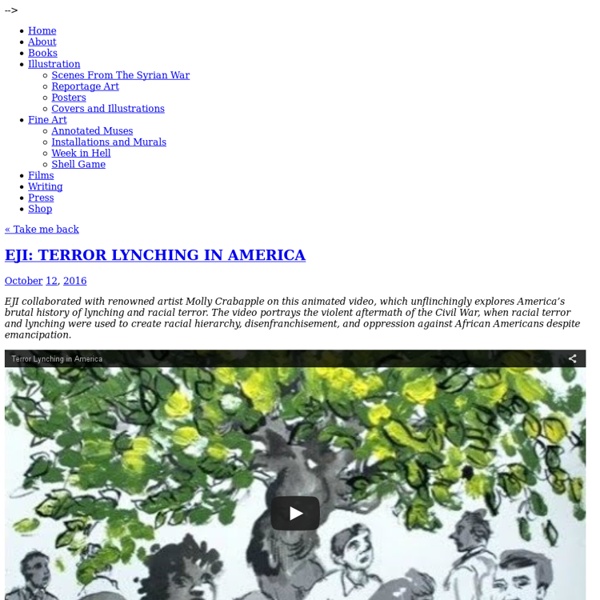



Alice X. Zhang Social Network Analysis: An Introduction by Orgnet,LLC Social network analysis [SNA] is the mapping and measuring of relationships and flows between people, groups, organizations, computers, URLs, and other connected information/knowledge entities. The nodes in the network are the people and groups while the links show relationships or flows between the nodes. SNA provides both a visual and a mathematical analysis of human relationships. To understand networks and their participants, we evaluate the location and grouping of actors in the network. We look at a social network -- the "Kite Network" above -- developed by David Krackhardt, a leading researcher in social networks. Degree Centrality Social network researchers measure network activity for a node by using the concept of degrees -- the number of direct connections a node has. Betweenness Centrality While Diane has many direct ties, Heather has few direct connections -- fewer than the average in the network. Closeness Centrality Network Centralization Network Reach Network Integration
jennifer hom | illustrator Social Media Toolkit This is a collection of tips, recommendations, tools and pieces of social media best practice. Compiled by The Open University's Social Media Team, it’s primarily aimed at colleagues who use social media in a professional capacity. This includes: People managing accounts as The Open UniversityPeople managing accounts as a nation, faculty, department, unit or any other part of the OUAcademic staff with personal accounts who post about their work It should also be useful to staff who are interested in starting social media accounts or learning new ways to use existing ones. You can still read our guidance even if you're not part of The Open University. This isn’t a definitive guide. If you’ve got any questions about the site, suggestions of new things to add, or you want to share a great tip or success story, don’t hesitate to get in touch. Get started with Twitter Interested in Twitter but not sure where to begin? Advice from OU academics Lots of OU academics are active on social media.
El Coro ElCoro Artist El Coro ElCoro Artist Digital Art Gallery Online Artist Homepage No information about the El Coro ElCoro artist. If you have some information about this artist, please send it to support@digital-art-gallery.com More Sharing Services0 Tag Cloud El Coro Artist Picture Gallery El Coro Artist Place for Your Ad Can be free for open-source projectsemail me Digital Art Gallery Online El Coro ElCoro Artist support@digital-art-gallery.com
About - Digital Media Research Centre Our vision The Digital Media Research Centre (DMRC) conducts world-leading research that helps society understand and adapt to the social, cultural and economic transformations associated with digital media technologies. Aims and objectives Digital media have become a near-ubiquitous part of our everyday lives. They are associated with widespread cultural and social change ranging from personal interactions through to industry and political debate, provoking both opportunity and anxiety. New technological developments like big data, locative media and wearable technologies challenge social science and humanities researchers to develop new approaches and methods, and to train upcoming researchers in how to apply them. The centre draws on QUT's research strengths in media, communication, cultural and journalism studies, as well as law, economics and education across a number of problem-focused research programs. We aim to: Who are we? The centre is directed by Professor Jean Burgess.
Derek Hess bradford-delong.com: Grasping Reality with the Invisible Hand... Custom Art Media Commentary — Callie Schweitzer How We Internet: Finding the right news among too many options: The days of waiting for the newspaper thud outside the front door are over, and it’s no longer up to the editors of the New York Times to decide the lead story of the day. The process of getting news involves more choice than ever. We have access to unlimited options and sources to fill what seems like ever more limited time. This paradox of choice can be incredibly overwhelming if it’s not streamlined or ritualized in some way — hence why we form news reading habits. Q&A with USC Annenberg on the future of news: I think we’re seeing the most incredible and exciting time in journalistic history. You are what you share: The internet is supposed to be a place where everyone can be themselves and find like-minded people. Making people proud of what they share: Social media has given us a new lens into the lives of the people we get our news from, which allows the individual to stand alone.